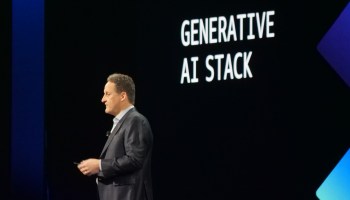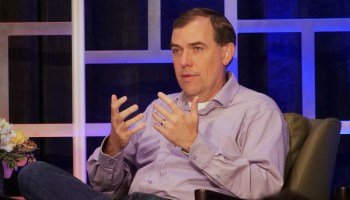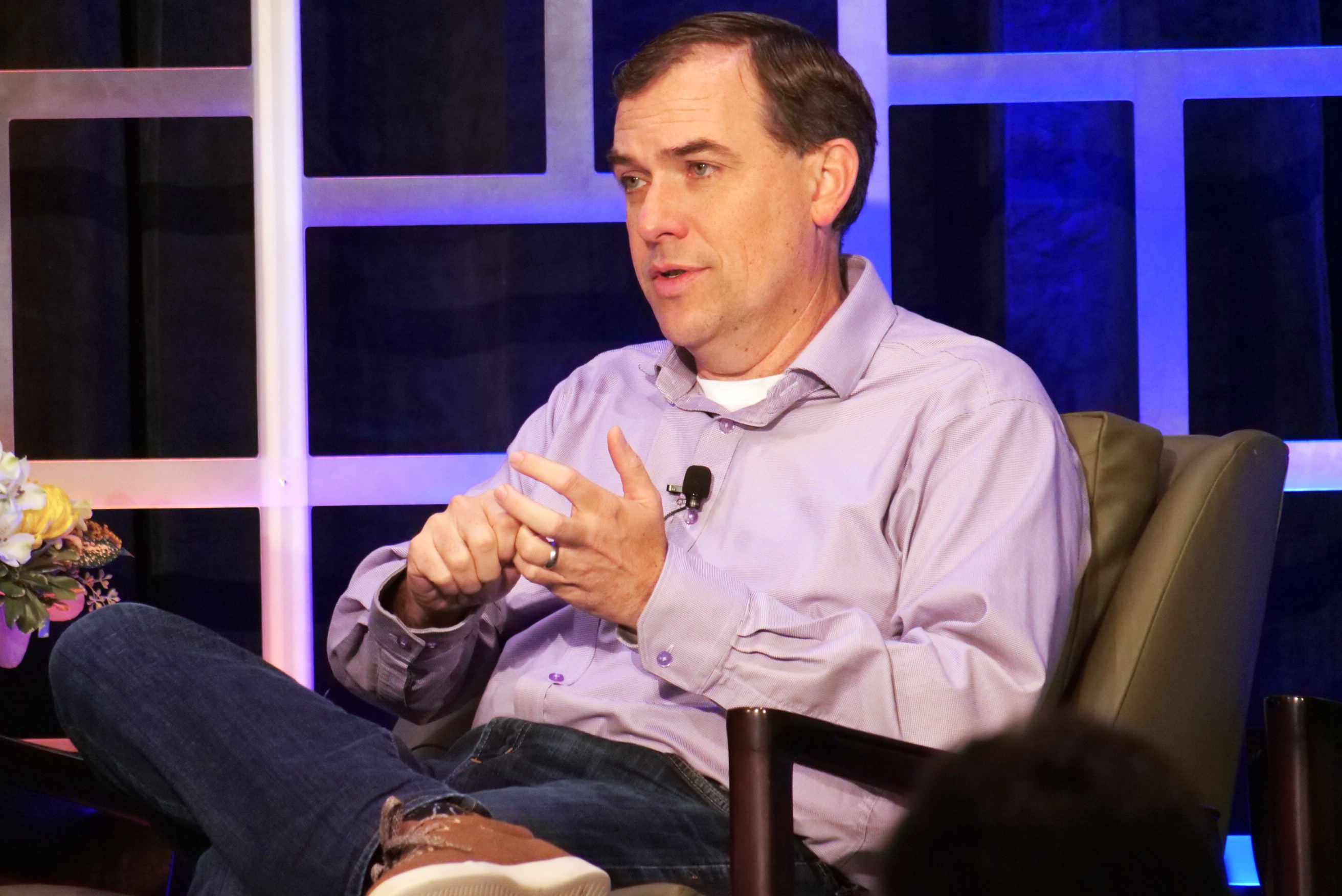
Three executives from Amazon Web Services were meeting with a top CIA tech leader, trying to come up with a creative solution to an issue that was facing the U.S. intelligence agency in the cloud, when Matt Garman picked up the marker.
“Matt is the one that took the whiteboard and started problem-solving immediately,” getting into the nitty-gritty details of how Amazon could accomplish what the CIA needed at that moment, recalled Teresa Carlson, who led the company’s expansion into the public sector industry from 2010 to 2021. “He got to it. He solved it.”
The choice of Garman as the next CEO of Amazon Web Services puts a longtime product leader at the helm of the market-leading public cloud platform at a key juncture in its history, and a pivotal moment in the broader industry.
You wouldn’t know his product pedigree from his most recent job. An 18-year Amazon veteran, Garman has spent the past four years as AWS senior vice president of sales and marketing, responsible for keeping the business growing.
But he is an industrial engineer by training, with undergrad and graduate degrees in the field from Stanford. After getting his MBA from Northwestern, Garman started at Amazon Web Services as a product manager before leading the company’s Elastic Cloud Compute (EC2) business.
That whiteboard diagram for the CIA was not his first.
“His personality is inquisitive,” said Karthik Narain, the group CEO for technology at Accenture, who has worked closely with Garman on major cloud initiatives. “He tries to learn and understand what the opportunity is on one end of the spectrum, or what the issue is at the other end of the spectrum.”
AI and the cloud
Garman will need his full range of experience in the new role.
As the third CEO in the 18-year history of AWS, he’ll be responsible for continuing to grow a $100 billion business that would, on its own, rank in the top 75 of publicly traded companies in the world. Simultaneously, he’ll be leading AWS in a high-stakes technical race with Microsoft, Google, OpenAI, and others in the fast-moving world of artificial intelligence.
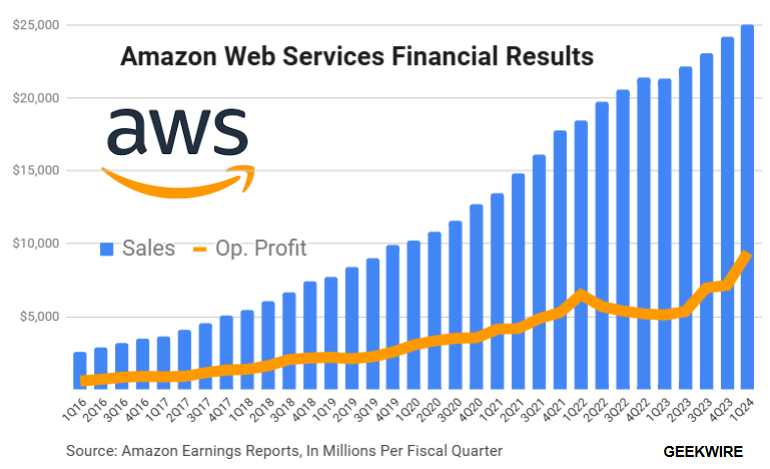
In some ways, he will be taking over with a head of steam. Amazon Web Services’ revenue in the first quarter was up 17% to $25 billion. Operating profit rose 84% to $9.4 billion. That was more than 60% of Amazon’s companywide operating profits, illustrating the significance of AWS to the broader company.
Amazon continues to lead the cloud market with 31% market share, according to Synergy Research Group.
However, Microsoft and Google have been closing the gap, with 25% and 11% market share, respectively. Both are investing heavily in the infrastructure required to support further growth in the AI market.
Microsoft Copilot and Google Gemini give Amazon’s biggest cloud rivals the ability to leverage their own AI apps and services to tie companies further into their cloud infrastructure.
Amazon Web Services has made headway with Bedrock, its managed service that provides access to foundation models for developing AI applications. Amazon Q, the company’s AI platform for developers and businesses, unveiled last fall, hasn’t yet shown the same type of traction.
“It’s harder for them, because they’re not a consumer company,” said Patrick Moorhead, CEO and chief analyst at Moor Insights & Strategy, referring to the Amazon cloud division.
Of course, as Moorhead noted, Amazon more broadly is very much a consumer company. One question will be the extent to which AWS, under Garman’s leadership, will be able to look to the rest of the company to help prove its potential as a platform for breakthrough AI applications.
One possible example: Amazon’s Devices & Services division, now led by former Microsoft executive Panos Panay, has been developing new conversational AI features for its Alexa voice assistant, and CNBC reported Wednesday morning that the company is planning a monthly subscription fee to help offset the cost.
Changing of the guard
Adam Selipsky‘s departure as AWS CEO, announced last week, three years after he returned to Amazon, caught some people in the company and in the industry by surprise, at least based on the timing.
Despite what Amazon CEO Andy Jassy says now about Selipsky agreeing from the start that he’d “likely do it for a few years,” the former Tableau CEO seemed to many like someone with longer-term aspirations in the role.
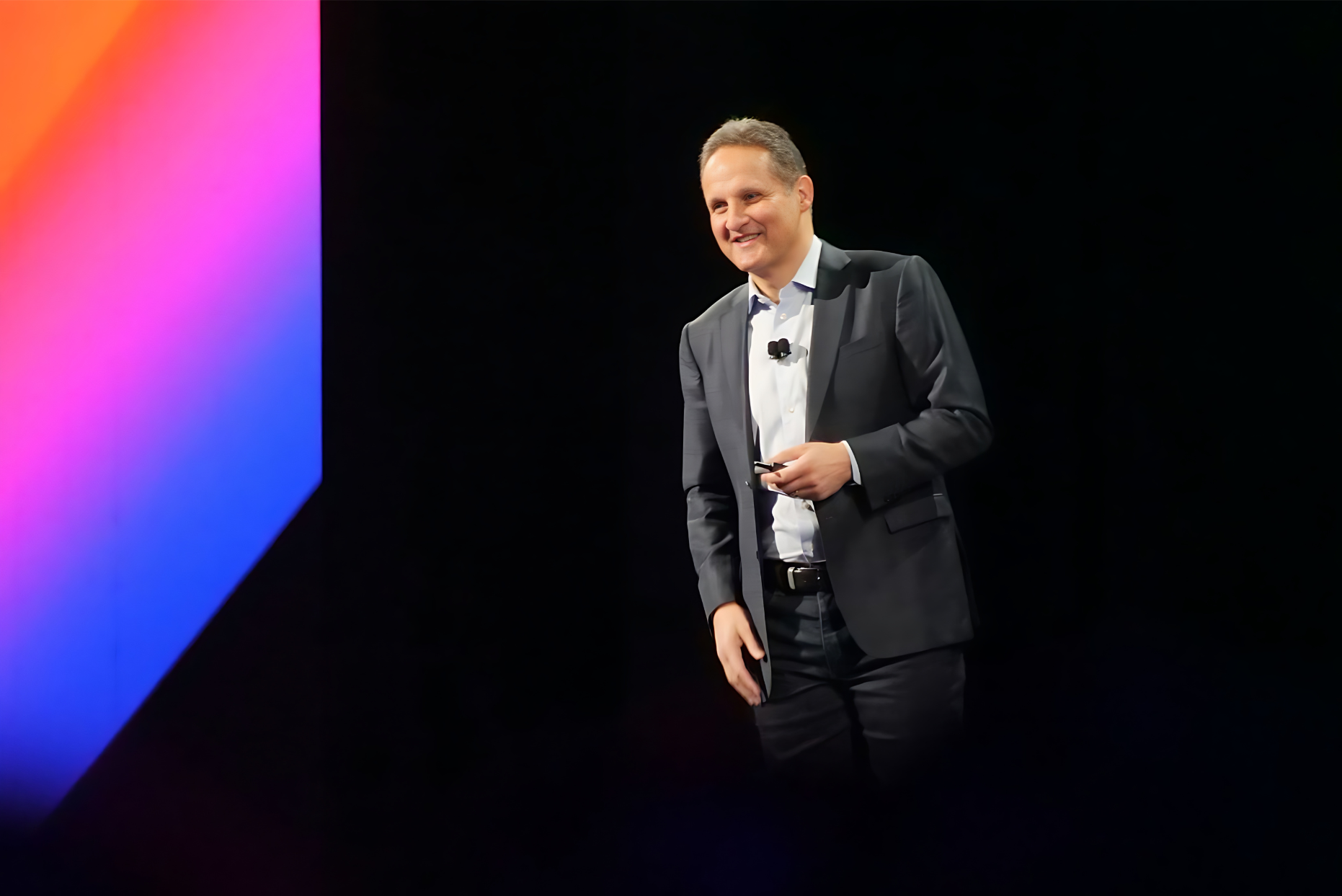
But the selection of Garman as Selipsky’s successor was little surprise, given his tenure at AWS and his breadth of experience. He was widely reported to be in the running for the CEO role in 2021, when Selipsky got the job.
Garman shares a number of traits with Jassy, according to people who know both.
“He’s very similar. They’re both very good listeners. They ask very good questions,” said Sanjay Poonen, the CEO of data security and management company Cohesity, who went to Harvard Business School with Jassy, partnered with AWS as SAP’s president, and worked closely with Garman on major projects in his subsequent role as VMWare COO.
Garman is “probably a little bit closer, technically, to the product,” Poonen said. “He’s more of an engineer and product person than Andy. But I think he’s grown in many of the sales and marketing tasks that Andy had,” giving him first-hand experience with many of the customers whose problems AWS is trying to solve.
Their similar approaches make sense, in part, because Garman rose up through the ranks when Jassy was AWS CEO.
Garman “has been a leader on both the product side and the go-to-market side of AWS,” and he’s a trusted advisor to other Amazon executives, said Matt McIlwain, managing director at Madrona Venture Group in Seattle, who has interviewed Garman at Madrona’s IA40 conference the past two years.
Speaking at the Madrona event last fall, Garman offered a window into his mindset as he described Amazon Web Services’ approach to developing and rolling out AI technologies. Rather than initially building AI for use in its own applications, he said, Amazon first investigated the needs of its customers.
“Looking out at our broad set of customers, how do we think they’re going to want to apply generative AI?” he said, explaining the process. “And what are the problems that they’re going to want to solve?”
Discussions with those customers, he said, were what led the company to focus heavily on security and data protection in its AI technology rollout, in addition to price and performance.
Garman will officially take over as AWS CEO in early June.
